- All publications Abonnement
- News
- Creativity
- Visual Arts
- Architecture
- Design
- Urban
- Environnement
- Body
- Writing
Why would an architect burn a wooden building?
The Phaidon Atlas focuses on an ancient Japanese preservation technique employed by contemporary architects

Ring House by Makoto Takei and Chie Nabeshima/TNA. Burning a wooden building might seem like a strange way to ensure its preservation, but as the editors of the Phaidon Atlas explain in their latest focus, “Shou sugi ban uses fire to preserve. A process of treating wood that, among other things, circumvents the need for harsh chemicals in the treating process, it dates from 18th century Japan.” While it fell out of favour as more durable cladding materials came onto the market, slight burnt wood has found favour more recently among contemporary architects, who delight in both the material’s appearance and its properties.
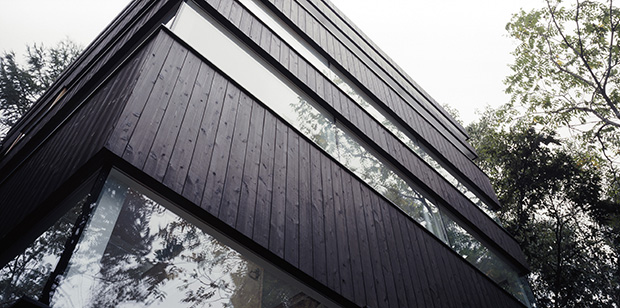
Ring House - Makoto Takei and Chie Nabeshima/TNA. The steeply sloped, wooded site of this weekend house is one of 318 plots in a planned community one hour from central Tokyo by bullet train. The 9.4-meter (30.8 ft.) high mini-tower is clad in rings of vertical burnt red cedar panels that vary in height. This arrangement allows 360-degree views of the forest from inside and views straight through the building from outside.
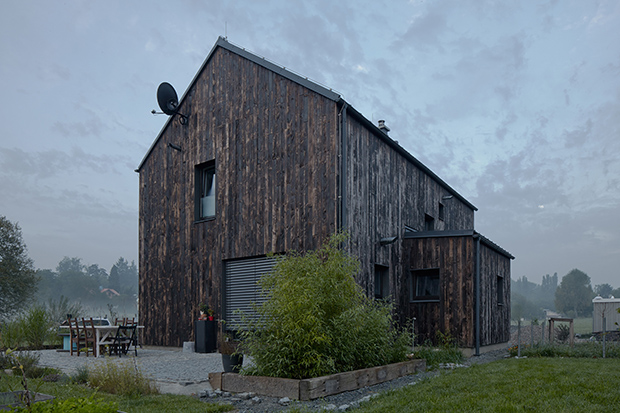
Carbon House by Mjolk. This house, in a small town just south of Prague was built last year, for just €125,000. The architects say the burnt façade makes reference to the owner’s love of cooking; they also cultivate vegetables in the gardens of this plot.
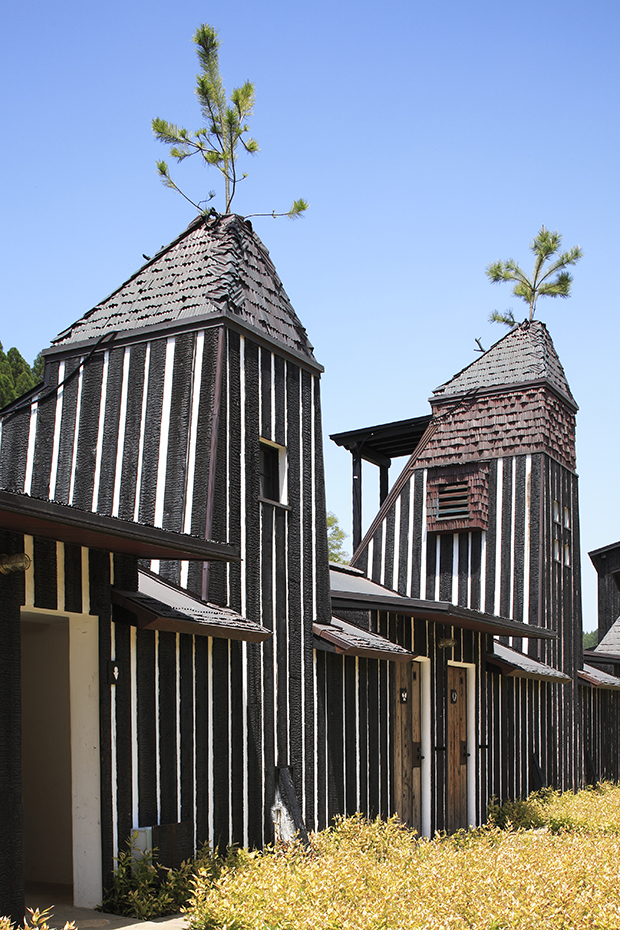
Soda Pop Spa by Terunobu Fujimori . This Japanese spa was built in 2005 on hot springs of Nagayu, near Takeda City. Lamune Onsen translates as Soda Pop Spa, and refers to the warm, naturally carbonated spring water that serves as a draw for visitors to the area. The spa’s exterior walls consist of a black-and-white striped skin clad in carbonized cedar wood beams and plaster over a reinforced concrete framework.

The Lake Cottage Uffie is located within a densely forested area bordering the Kawartha Lakes in Ontario, Canada. A small annex - part of a larger family home - it sits independently from the rest of the plan. Mirrored cladding on front and back elevations camouflage the small structure within the surrounding trees. This is contrasted by a charred cedar facade on east and west elevations, as well as black steel on the steeply pitched roof.
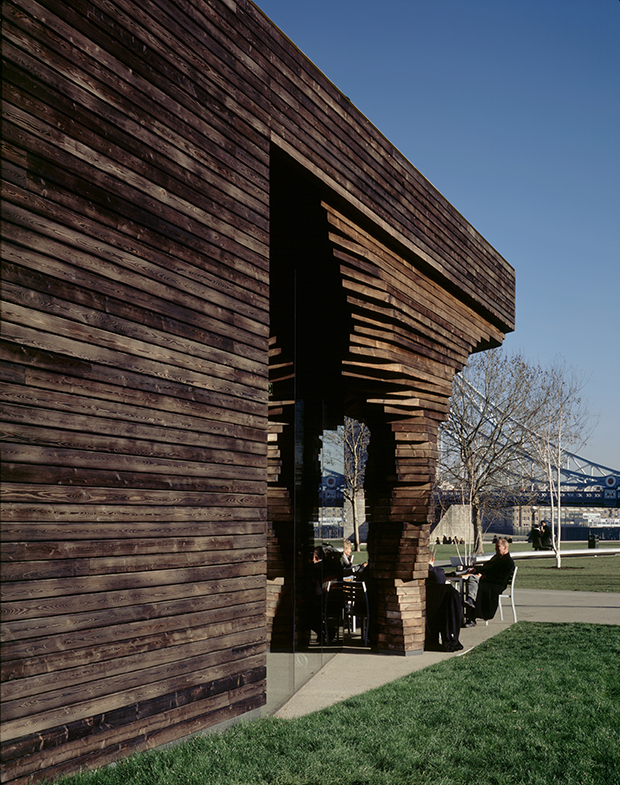
Potters’ Fields Parkside Pavilion – DSDHA. DSDHA’s Potters’ Fields project consists of two pavilions, set on either side of Potters’ Fields Park. Blossom square pavilion was built in the shadow of Tower Bridge on the western side and is now demolished; Parkside Pavilion is situated at the base of City Hall. Despite sharing similar form and materials, visually they are strikingly different. The cladding of Parkside Pavilion has been treated by charring the exterior of the wood, leaving it a darkened brown. Blossom Pavilion, in contrast, is clad in a smooth blonde timber that blends with the light stone of Tower Bridge.
Astrup Farnley Museet / Oslo
Photos: KBiron
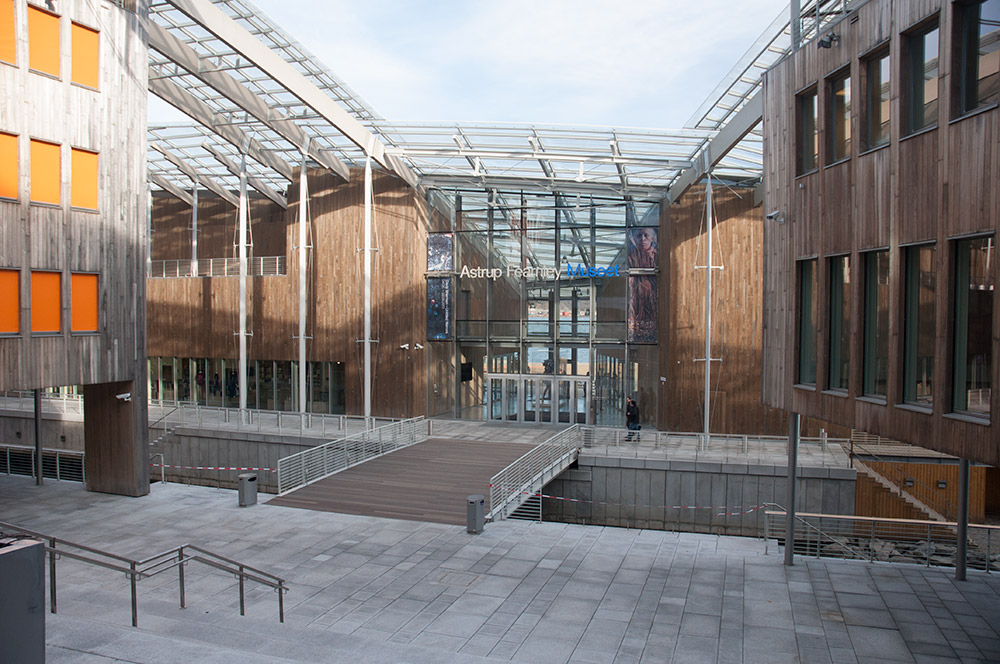

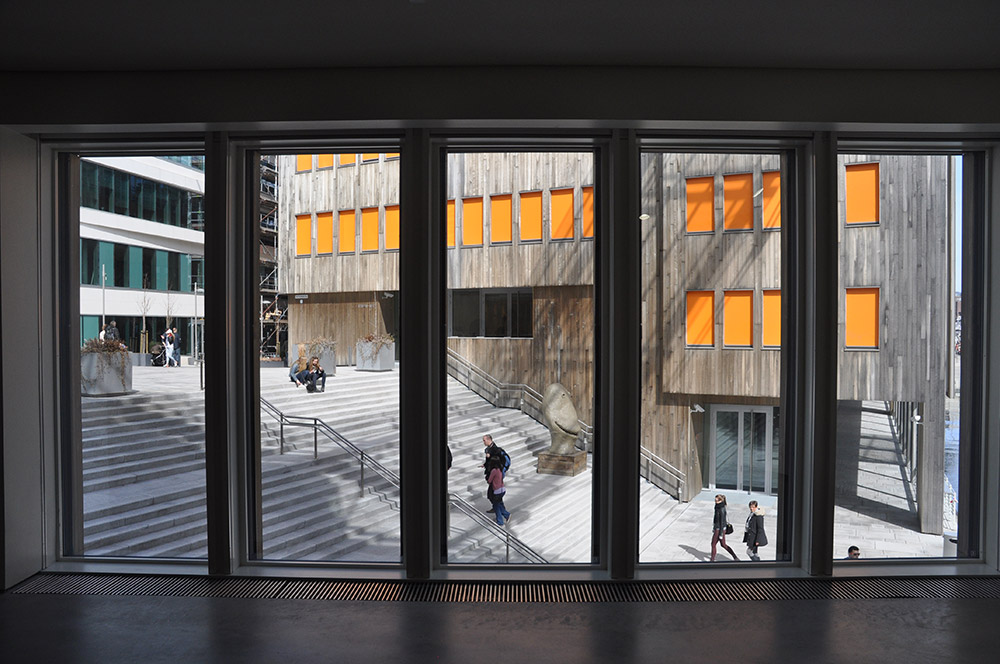
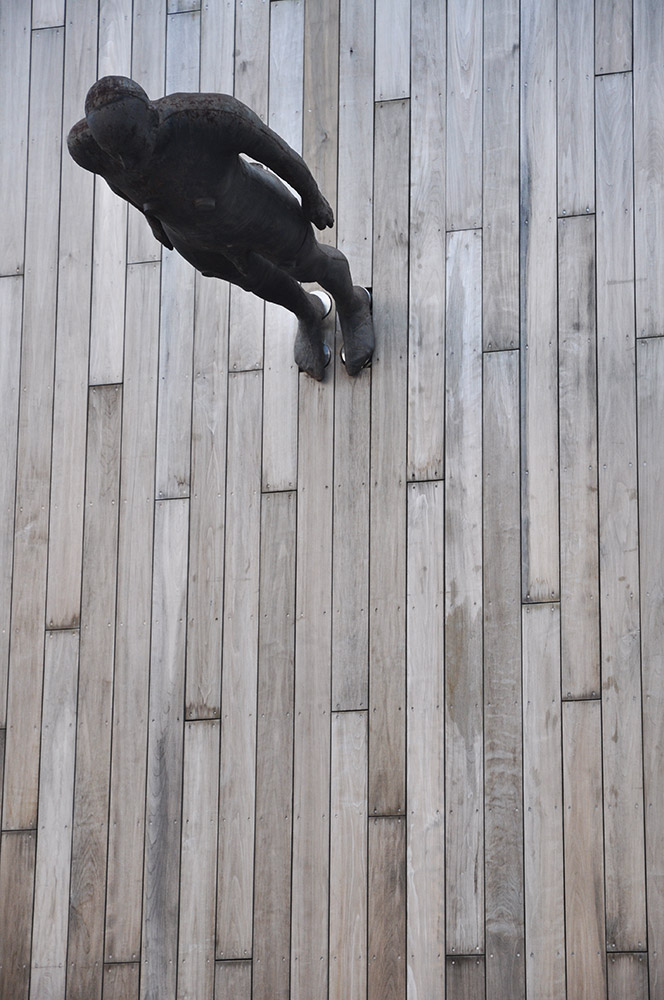
MAXXI Museum - Roma
Photos KBiron
Août 2014
Architecte Zaha Hadid
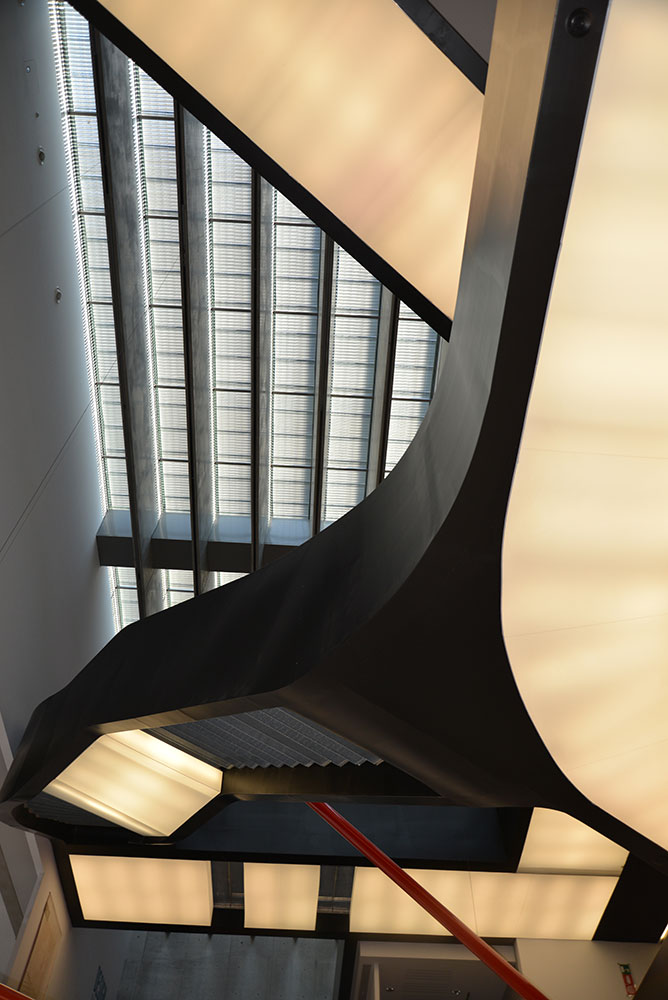
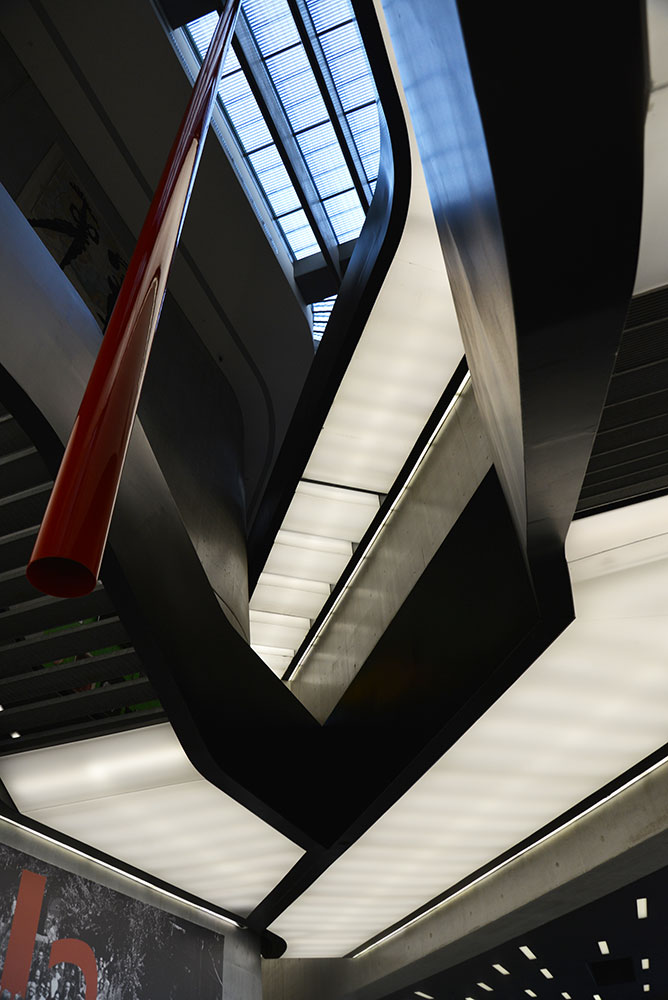
…

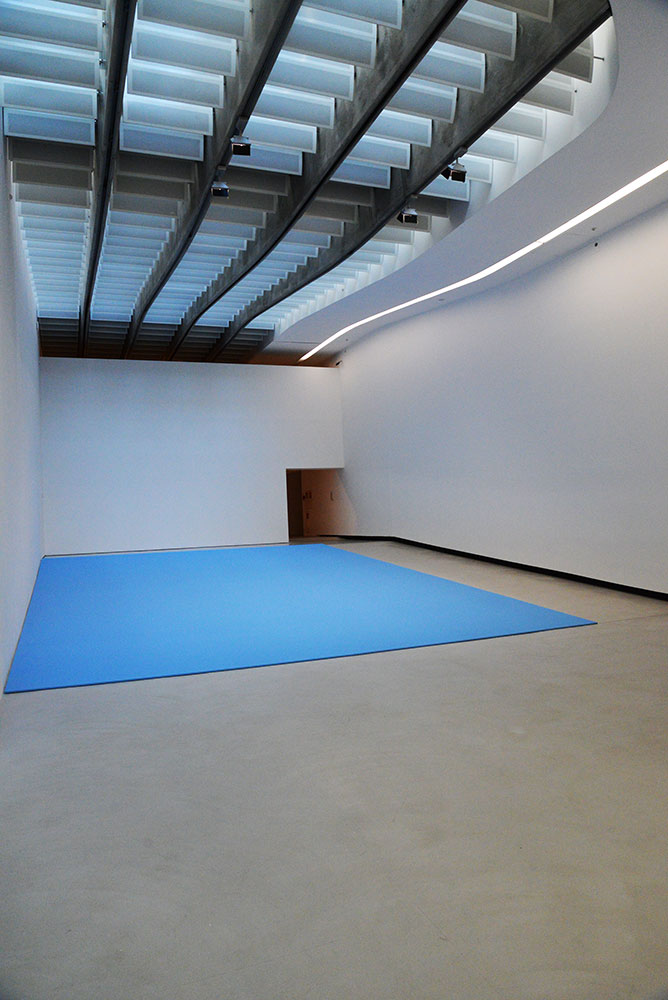

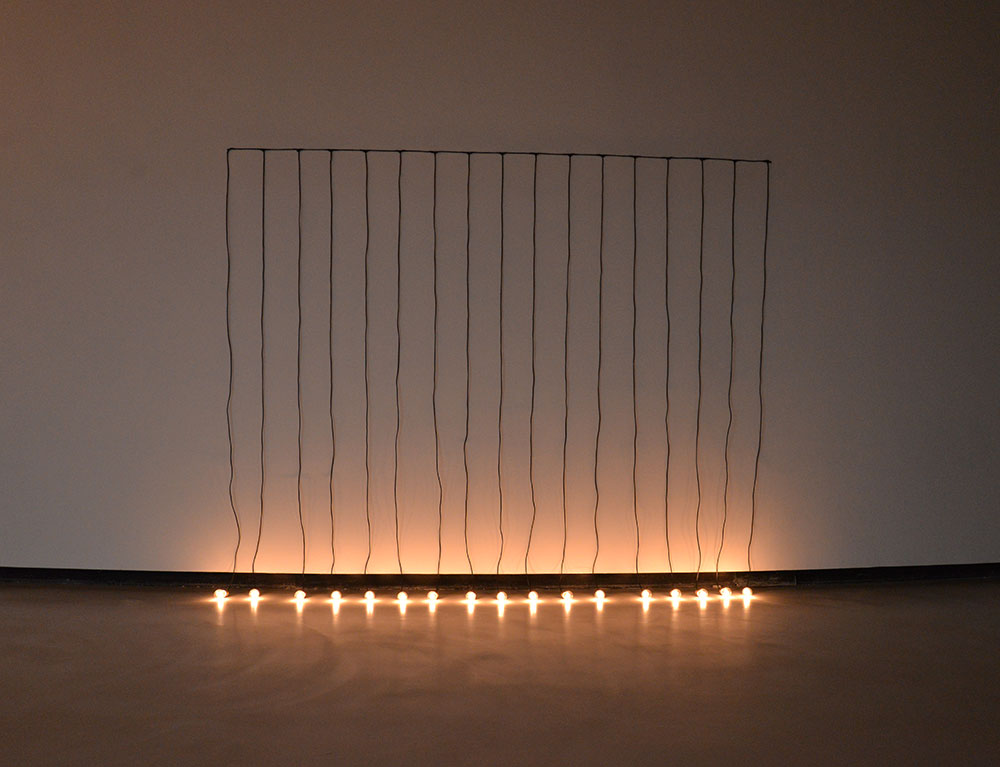
…
Gaetano Pesce

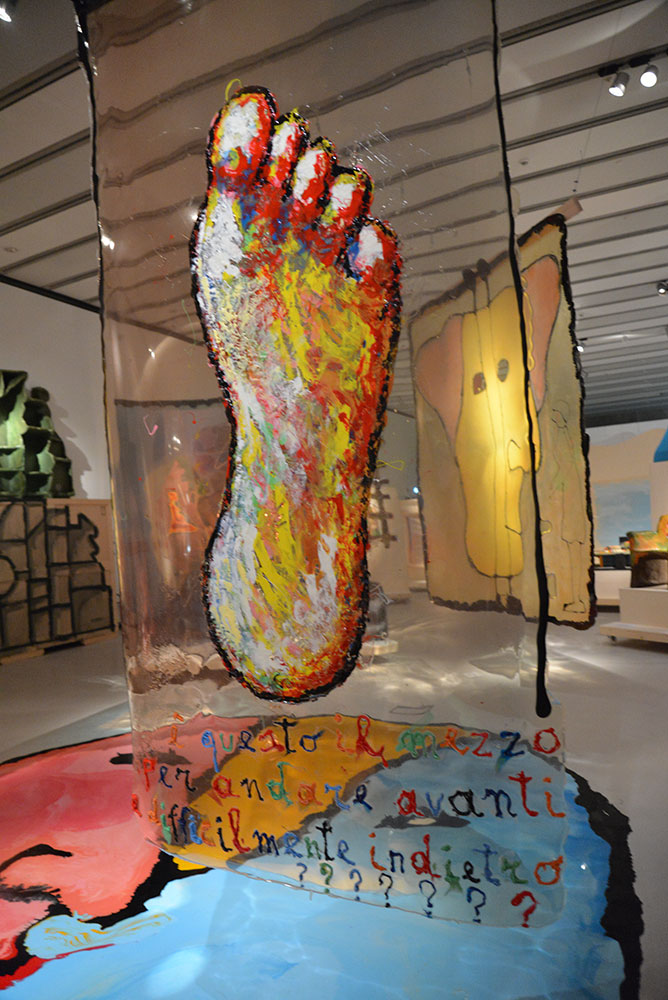
Précarité...
(KBiron)
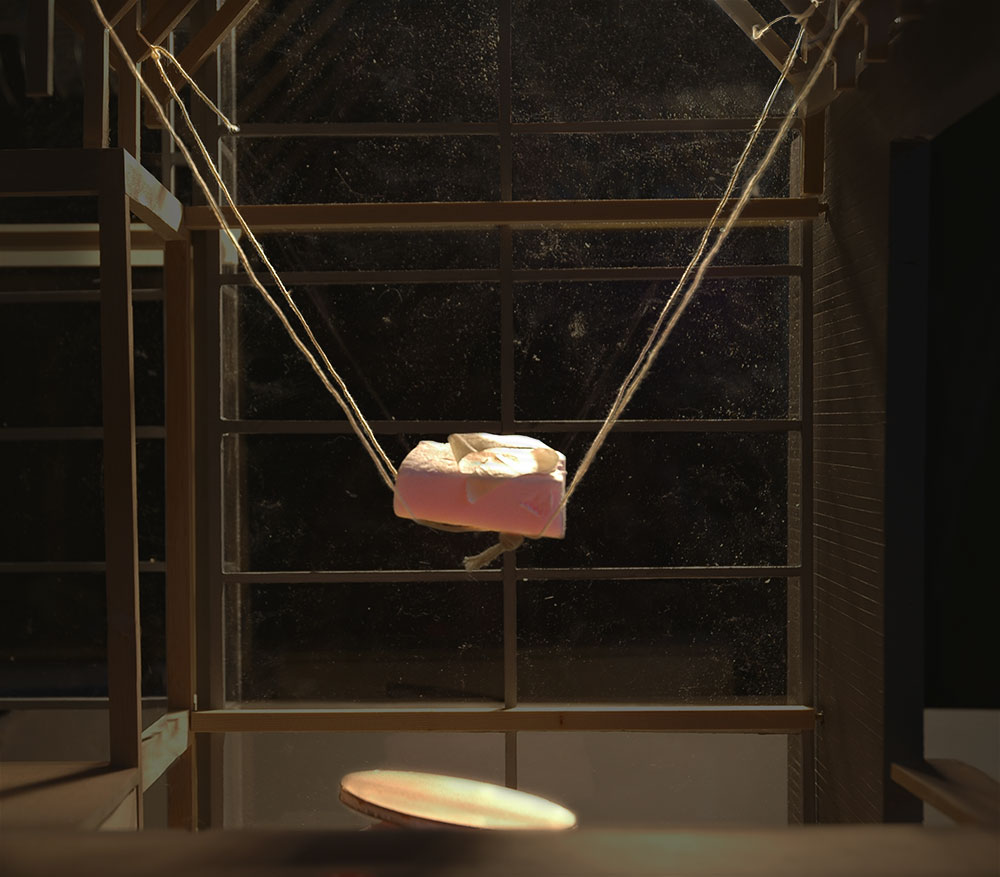
Ken Robinson : changer l'Education
The blog
This blog, like the website, shows my many fields of interest. Although I don’t work with one specific material, I have particular affinities with some. Although I don’t work with one specific form, many stay with me for a while.
I have spent many years in the world of science, using its thorough way of planning and thinking, yet trying to add in inventiveness and intuition. Curiosity and adaptation, which remain the basis of all possible.
The human body is a wonderful example. We may have built various classification systems, we may categorize each and every anatomical part of the body, malformation and deviation, they all are merely guides. Each form has the fascinating singularity of always being different and unique. The same goes for creation…